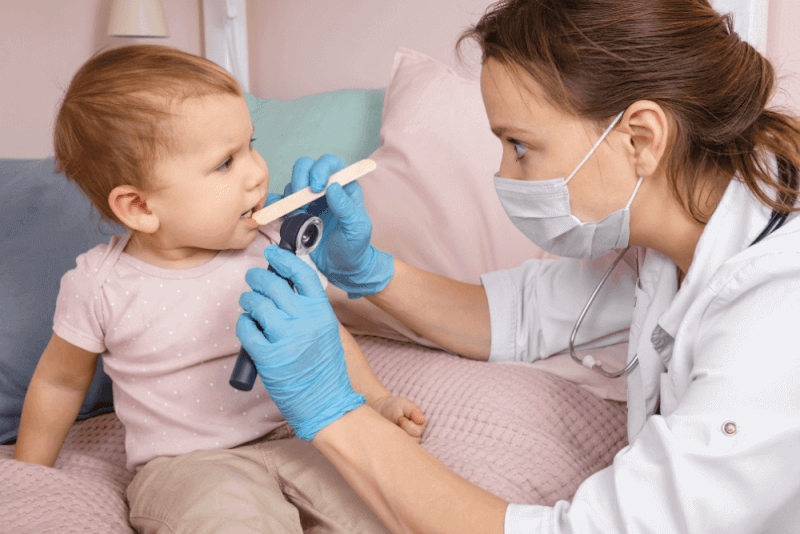What is Edwards Syndrome?
Edwards Syndrome is the most common neonatal disease after Down syndrome. Edwards syndrome, which occurs in every 5000 live births, is a disease that causes severe disability in infants. The survival rate of babies born with Edwards syndrome varies between 5% and 10%. The babies who survive have a low quality of life as they suffer from serious health problems throughout their lives. Babies are 18. is a genetic disorder that occurs when chromosomes make 23 copies instead of 2. In some babies, this change is found in some cells, while in other cells the number of chromosome pairs is normal.
Symptoms of Edwards Syndrome
Edwards’ syndrome is a disease that can cause symptoms even when babies are in the womb. For this reason, babies can be diagnosed before birth. Babies born with this disease have the following symptoms.
- Breathing problems,
- Undescended testicle
- Low-set faulty ears,
- Upward nose,
- Wide-spaced eyes,
- Sagging upper eyelids,
- Limited hip movements,
- Kidney deformities,
- Cardiac defects,
- Vision problems,
- Mental retardation
- Growth retardation,
- Crossed legs,
- Abnormally shaped rib cage,
- Hands clenched into fists,
- Overlapping fingers,
- Webbed toes,
- Abnormally small chin,
- Small and abnormally shaped head,
- Abnormally low weight,
- Cleft lip,
- Heart disorders
- Malnutrition,
Symptoms in babies in the womb;
- ⅓ of cases are born prematurely,
- ⅔ of cases 42. born after a week,
- There is little mobility in the womb,
- Narrow placenta,
- Single-stranded umbilical cord,
- Anencephaly,
- No heart or eyes,
Causes of Edwards Syndrome
Each cell in the body carries 23 chromosomes from the mother and father. However, in babies with Edwards syndrome, 18. the chromosome makes 3 copies instead of 2. This change in DNA prevents babies from developing normally in the womb. The reason for this change in DNA is a defect in the sperm and egg cells.
The reason why Edwards’ syndrome is more common in older pregnancies is that the eggs of older women are not as healthy as young eggs. This affects the chromosomes.
How is Edwards Syndrome Diagnosed?
Edwards syndrome in pregnancy 11th to 13th. It can be diagnosed by ultrasound imaging in the first week of pregnancy. In addition, the 10th week of pregnancy It is also possible to recognize Edwards syndrome with blood tests during the week.
The definitive diagnosis of the disease is made through screening tests to detect genetic diseases. Tests for this purpose are triple or quadruple tests. Triple tests are performed between 16 and 19 weeks of pregnancy. weeks of pregnancy. This test looks at the hormone levels and draws a conclusion. Quadruple tests are performed between 16 and 22 weeks of pregnancy. weeks of the week. Hormone levels in the blood are also checked and if there is any change, possible diseases are identified.
Some babies may not show any symptoms during pregnancy. For these babies, the diagnosis is made after birth.
Treatment of Edwards Syndrome
There is no effective treatment for babies born with Edwards syndrome. On the other hand, the vast majority of babies born with this disease die within the first week of life. Babies who continue to live after birth have nutritional problems and need to be fed through feeding tubes.
As the babies grow, the disease begins to have an effect on their movements. When these symptoms start to appear, babies should receive physical therapy. Customized treatments are applied to solve specific problems in sick babies together with specialists./p>







